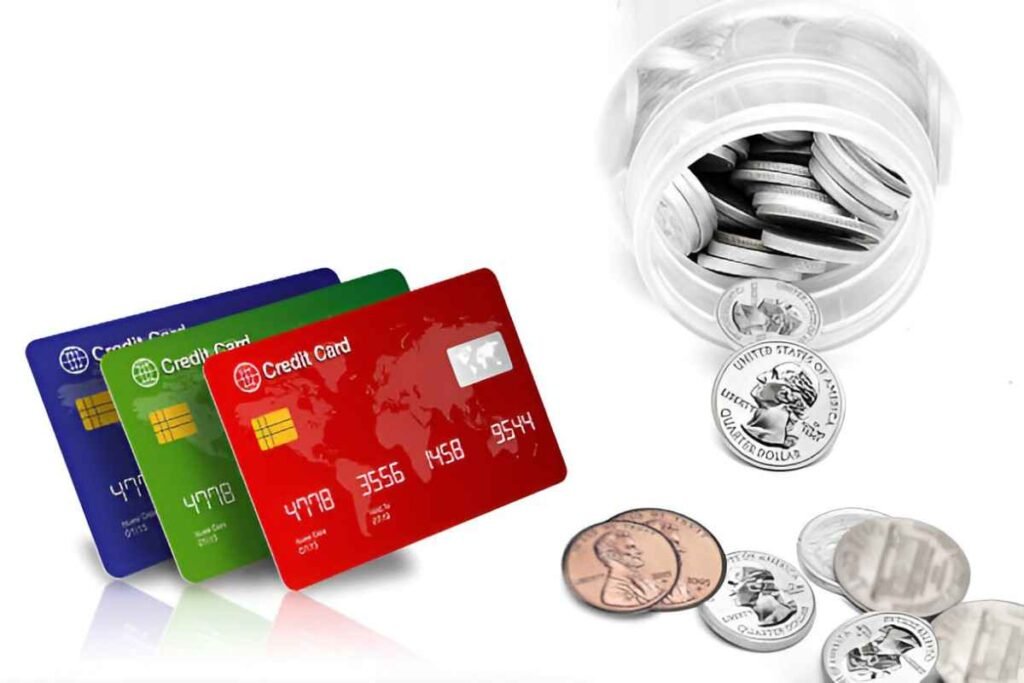Having a $1000 credit card can be a useful financial tool when managed correctly. It offers convenience, flexibility, and the ability to build or improve credit scores over time. However, it also requires responsible usage to avoid falling into debt traps. In this guide, I will explore everything you need to know about a $1000 credit card, including its benefits, potential risks, best practices, and how to maximize its value.
Table of Contents
Understanding a $1000 Credit Card
A $1000 credit card refers to a card with a credit limit of $1000. This limit represents the maximum amount you can charge to the card before reaching your borrowing ceiling. The limit is typically determined based on factors such as your credit score, income, and financial history.
Who Should Consider a $1000 Credit Card?
A $1000 credit card is ideal for individuals who:
- Are new to credit and want to build their credit history
- Prefer a lower limit to avoid overspending
- Need a card for occasional or emergency expenses
- Want to improve their credit utilization ratio
Benefits of a $1000 Credit Card
There are several advantages to having a credit card with a $1000 limit:
- Controlled Spending: A lower limit encourages careful spending and reduces the temptation to overspend.
- Credit Building: Responsible use can help establish or improve your credit score.
- Emergency Fund: It provides a backup for unexpected expenses.
- Rewards and Perks: Some cards offer cashback, rewards, and other benefits.
Potential Risks of a $1000 Credit Card
While a $1000 credit card can be helpful, it also presents certain risks:
- High Utilization: If you consistently max out your card, it can hurt your credit score.
- Interest Charges: Carrying a balance can result in high interest payments.
- Fees and Penalties: Late payments or exceeding the limit can incur fees.
Best Practices for Using a $1000 Credit Card
To make the most of your credit card, follow these best practices:
1. Keep Utilization Low
Using no more than 30% of your credit limit is ideal. For a $1000 credit card, this means keeping your balance below $300.
| Credit Limit | Recommended Usage (30%) |
|---|---|
| $1000 | $300 |
2. Pay Balances in Full
To avoid interest charges, I always pay the full balance by the due date.
3. Monitor Spending
Keeping track of purchases helps prevent overspending and ensures I stay within budget.
4. Avoid Cash Advances
Cash advances often come with high fees and interest rates, so I steer clear of them whenever possible.
Comparing $1000 Credit Cards
When choosing a $1000 credit card, it’s important to compare the features, fees, and rewards.
| Feature | Card A | Card B | Card C |
|---|---|---|---|
| APR | 15% | 18% | 20% |
| Annual Fee | $0 | $25 | $50 |
| Rewards | 1% Cashback | Travel Points | No Rewards |
| Late Payment Fee | $35 | $40 | $30 |
Examples of Responsible Usage
Let’s consider an example to understand how responsible usage affects finances.
Scenario:
I have a $1000 credit card and use $250 for a shopping trip. I make the minimum payment of $25 but leave the remaining balance.
Calculation:
If the card has a 20% APR, the monthly interest rate is approximately 1.67%. After the first month, the balance accrues $4.18 in interest.
If I pay the full balance, I avoid interest entirely.
| Action | Interest Paid |
|---|---|
| Minimum Payment | $4.18 |
| Full Payment | $0 |
How a $1000 Credit Card Affects Credit Score
A $1000 credit card can influence my credit score in several ways:
- Payment History (35%): Paying on time positively impacts my score.
- Credit Utilization (30%): Keeping balances low improves my score.
- Credit Age (15%): Keeping the account open longer helps.
- New Credit (10%): Opening multiple accounts too soon can hurt my score.
- Credit Mix (10%): Having different types of credit accounts is beneficial.
How to Increase Your Credit Limit
Over time, I may want to increase my credit limit beyond $1000. Here are a few steps I take:
- Maintain a Positive Payment History: Paying on time consistently.
- Reduce Outstanding Debt: Lowering my overall debt burden.
- Request an Increase: Many issuers allow requests after 6-12 months.
Conclusion
A $1000 credit card is a practical option for those looking to manage their finances responsibly while building credit. By understanding its benefits and risks, practicing good spending habits, and making timely payments, I can use it to my advantage without falling into debt.





